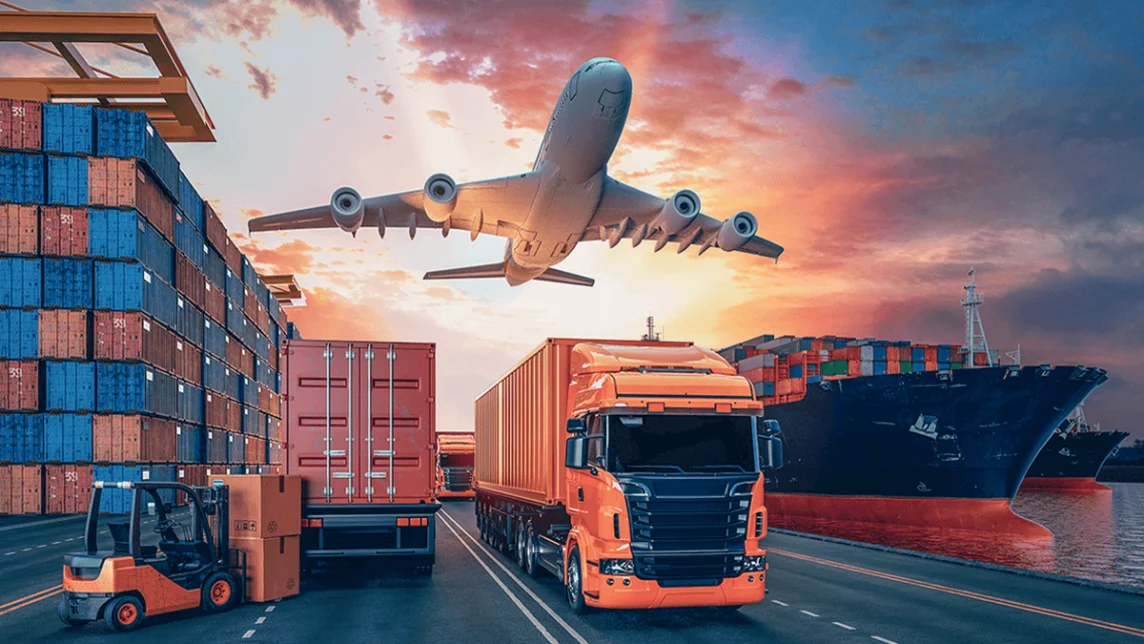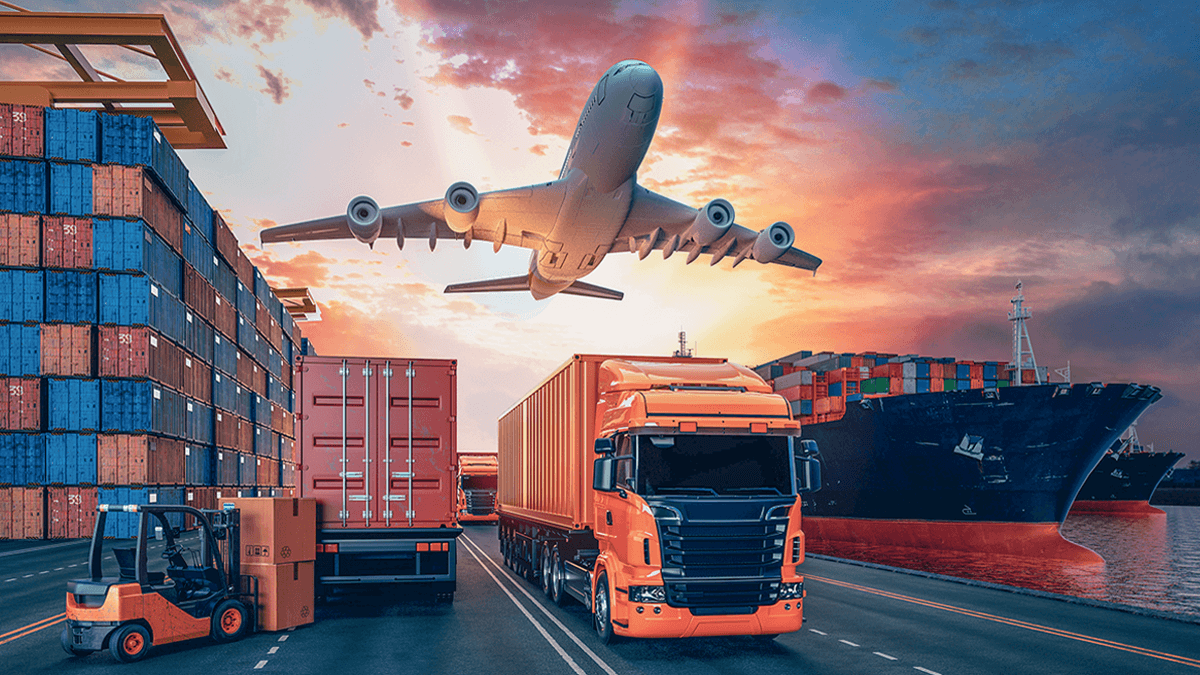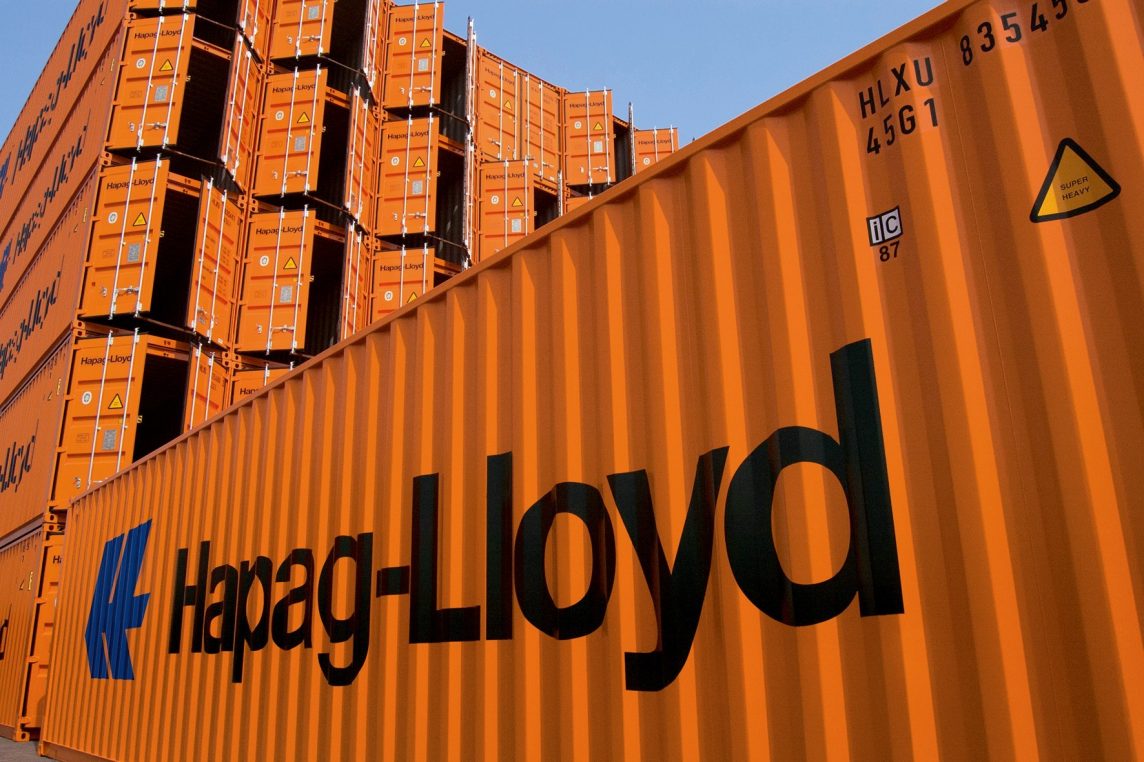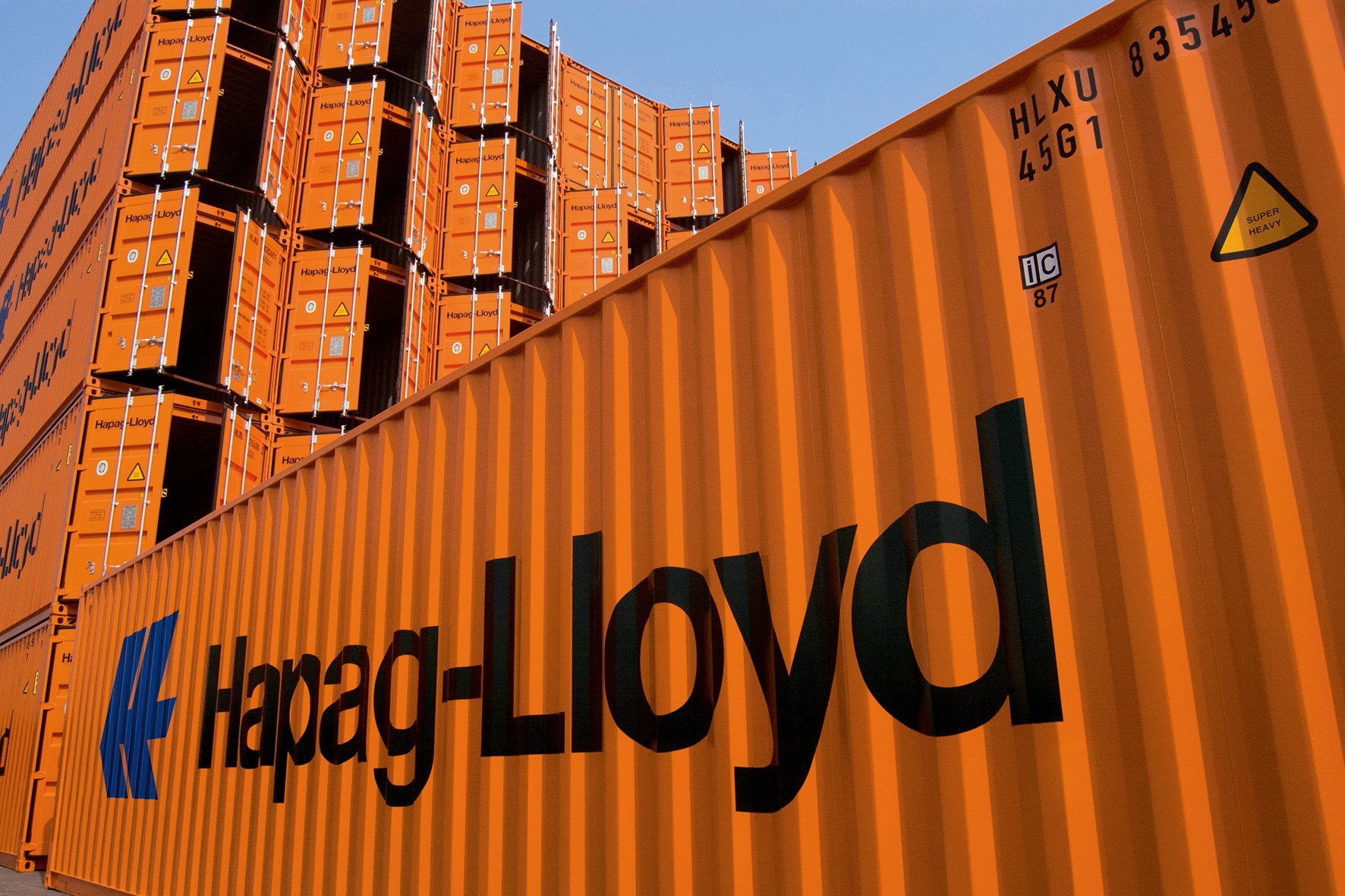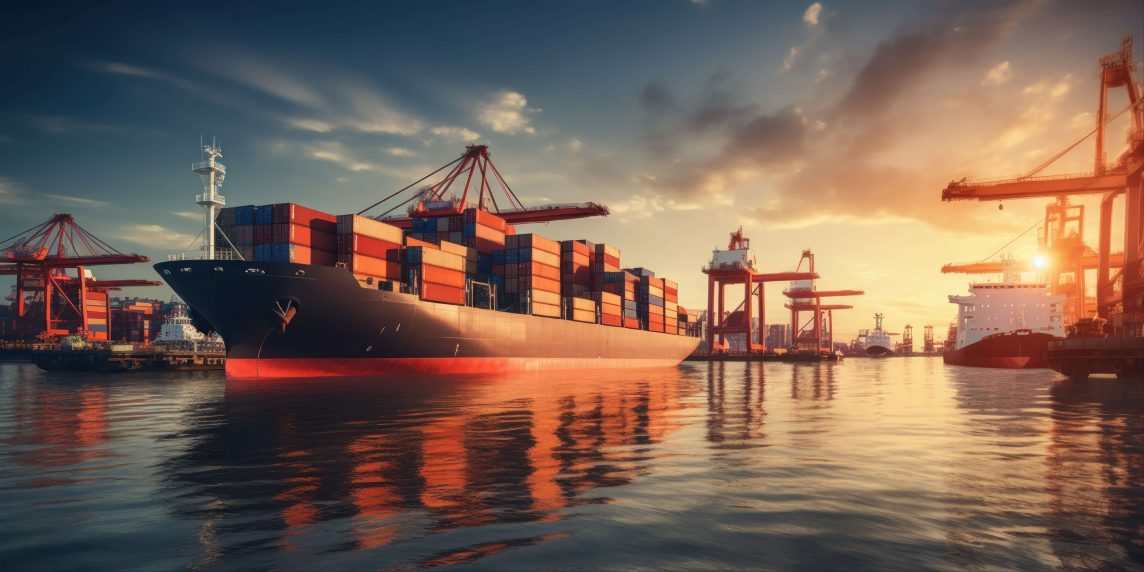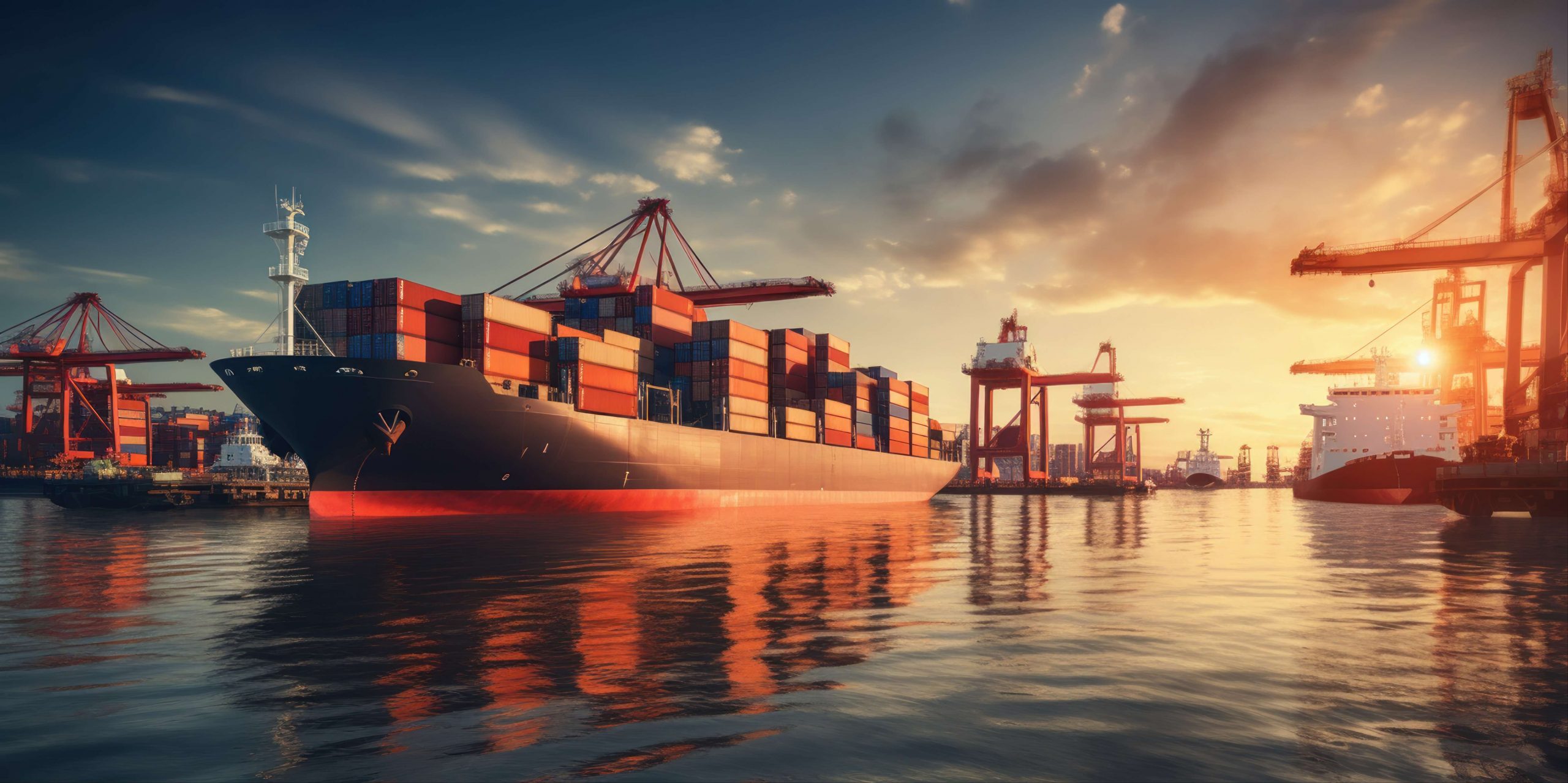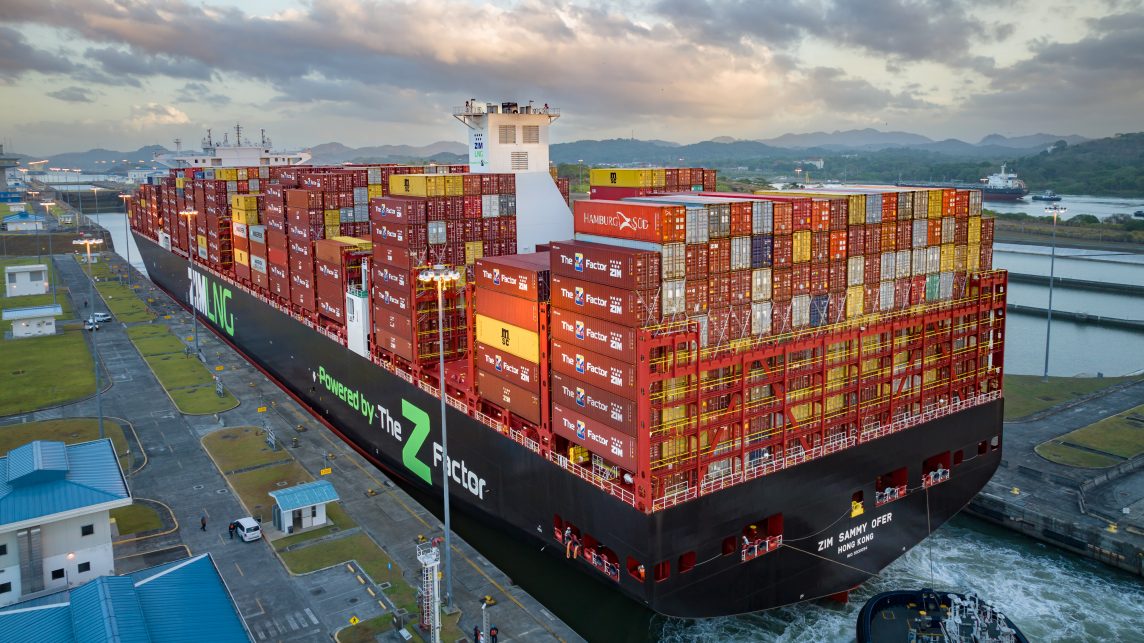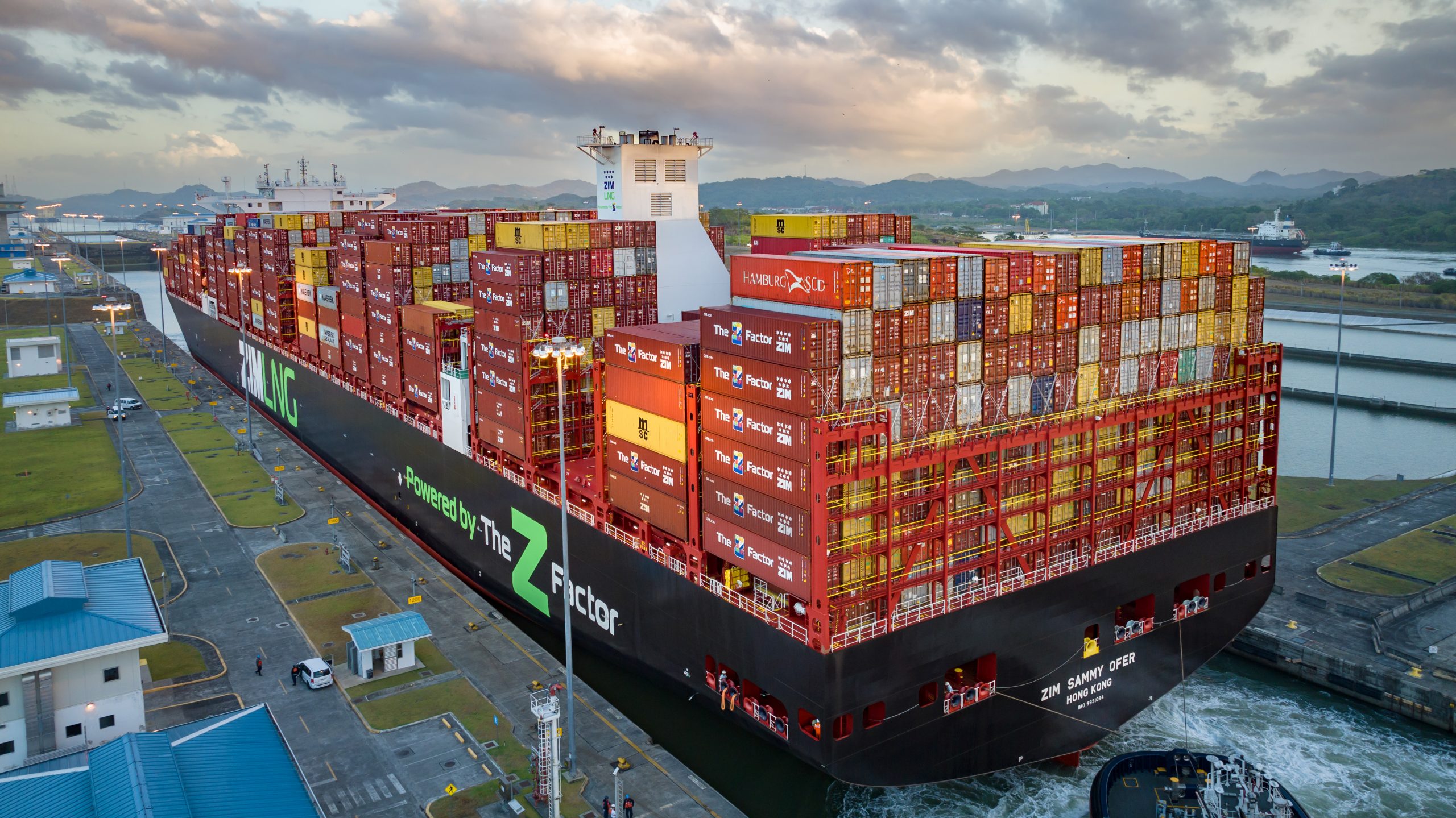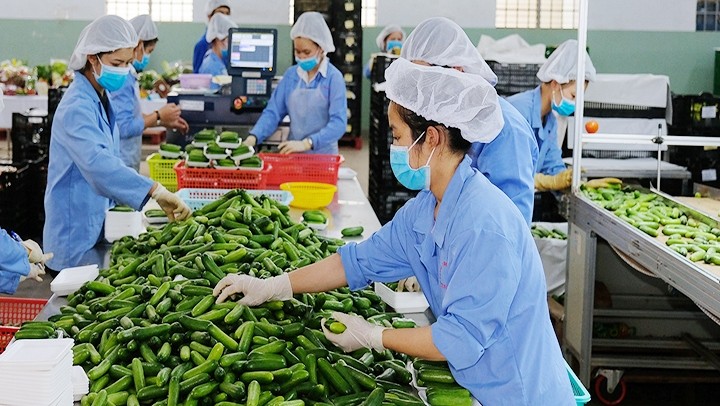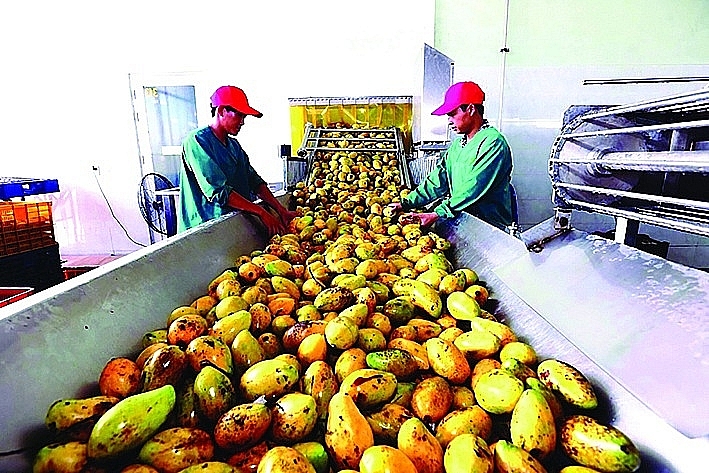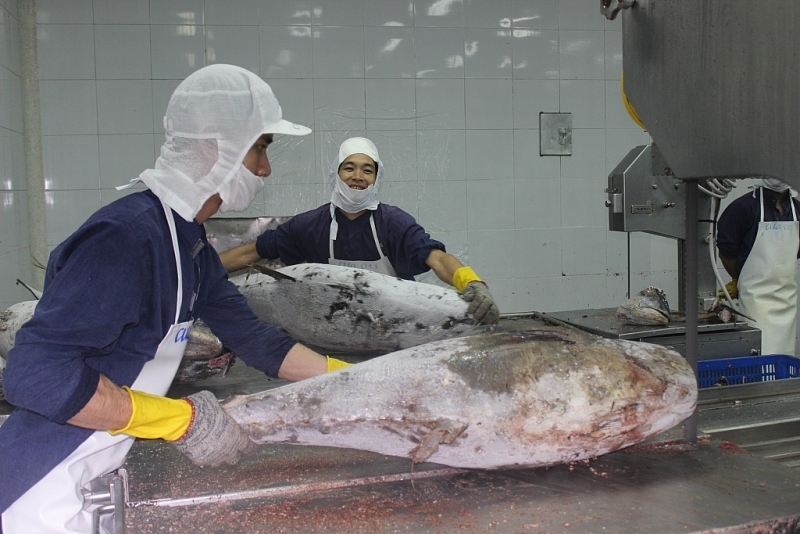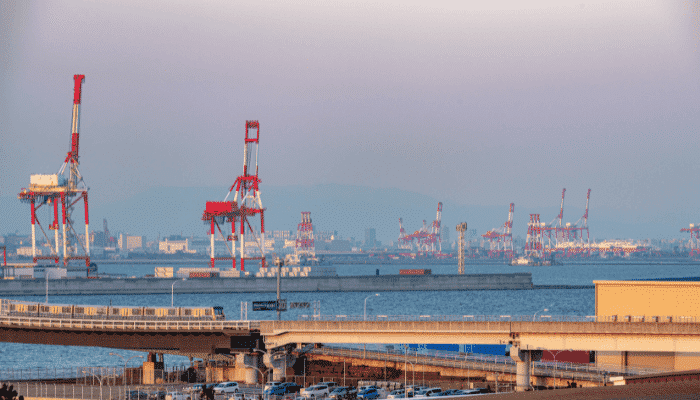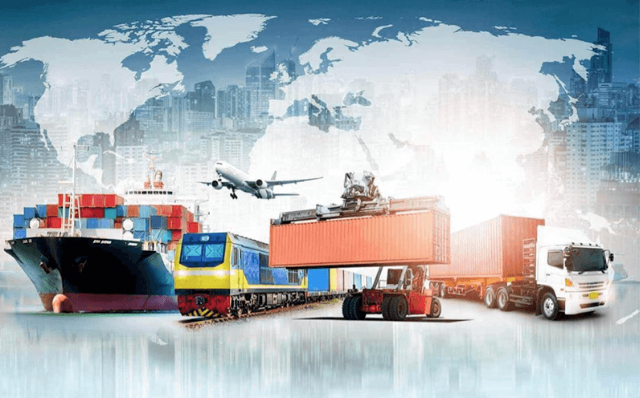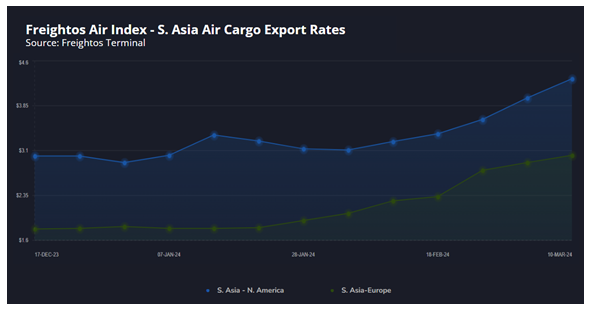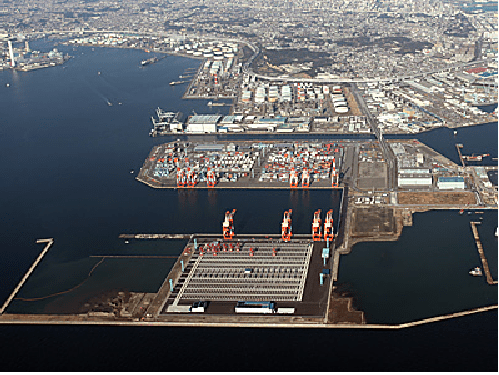Deep dive into strategies that can drive resilience across your Asia Pacific supply chain.
Logistics in Asia Pacific is already in a state of flux that’s creating bottlenecks and affecting the bottom line. Experts predict this upheaval will only increase as the year moves ahead. What are the causes of this turmoil? The pertinent answer to this question ranges from an unstable global order, more extreme weather events, accelerating technological change and economic uncertainty. The supply chain resilience risks include the following:
Reglobalisation
Evolving geopolitics is creating new regional partnerships and legislations that can impact global trade.
Climate impact
2024 will experience extreme weather that can significantly disrupt land-based, air and maritime transportation systems.
Corporate sustainability
The demand for sustainable logistics is resulting in implementation of new technology that’s not scalable as of now.
Strikes and industrial action
Growing labour unrest across some parts of the world can affect production and logistics.
Leveraging disruptive technologies
Implementing blockchain and artificial intelligence (AI) is not only costly but also runs the risk of misinformation and disinformation.
Demand fluctuations
Unpredictable content-driven consumer buying is testing the supply chains of well-known brands to the limit.
How can your Asia-Pacific supply chain overcome this mix of diverse challenges? The answer: supply chain resilience. Instilling resilience is necessary to make the most of Asia Pacific’s extensive manufacturing ability and rapid consumer market growth. It’s the key to transitioning to the growth phase in the near future.
In the latest bluepaper, we provide you insights into immediate actions and long-term strategies that can build resilience in your supply chain and empower it to beat what 2024 dishes out.
Here’s a preview of what this edition, titled ‘Overcome Supply Chain Risks in 2024 and Improve Resilience: Understand and resolve key challenges for APAC logistics using the right model for resiliency’ offers:
- Where does APAC stand?: Despite global turbulence, large-scale manufacturing and an ever-increasing consumer market will tide APAC over if it adapts logistics to challenges.
- Global trends and supply chain resilience risks for 2024: This year has a myriad of the aforementioned challenges in store for APAC supply chains.
- Implications for APAC-based logistics players: The logistical landscape demands a resilient supply chain that can cater to the growing demand in the region.
- Action steps for 2024: Regular audits of logistics practices are a must to ensure a resilient supply chain.
- Long-term strategies for APAC logistics: Strategies that enhance relationships with suppliers, help implement digital solutions and advance sustainability are essential to foster growth amidst tough times.
- Paving the way ahead: Collaborating with the right logistics partner that has the experience, footprint and acumen to drive resilience in your supply chain is the first step towards navigating the troubled waters.
Source: Maersk
